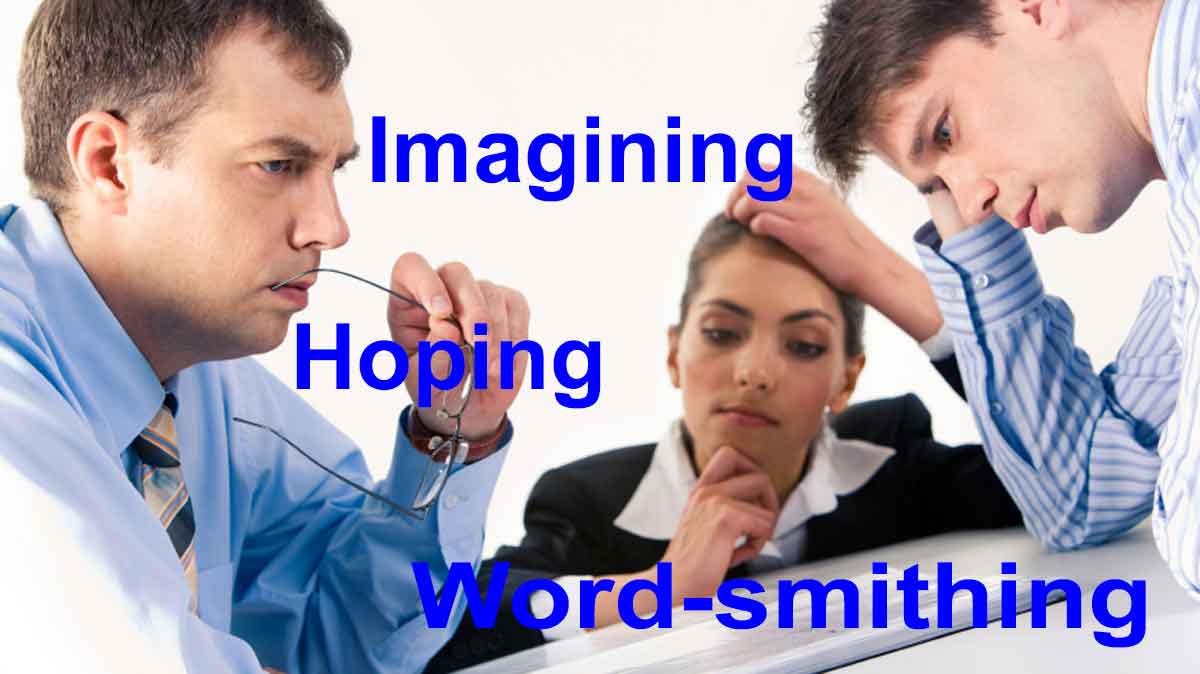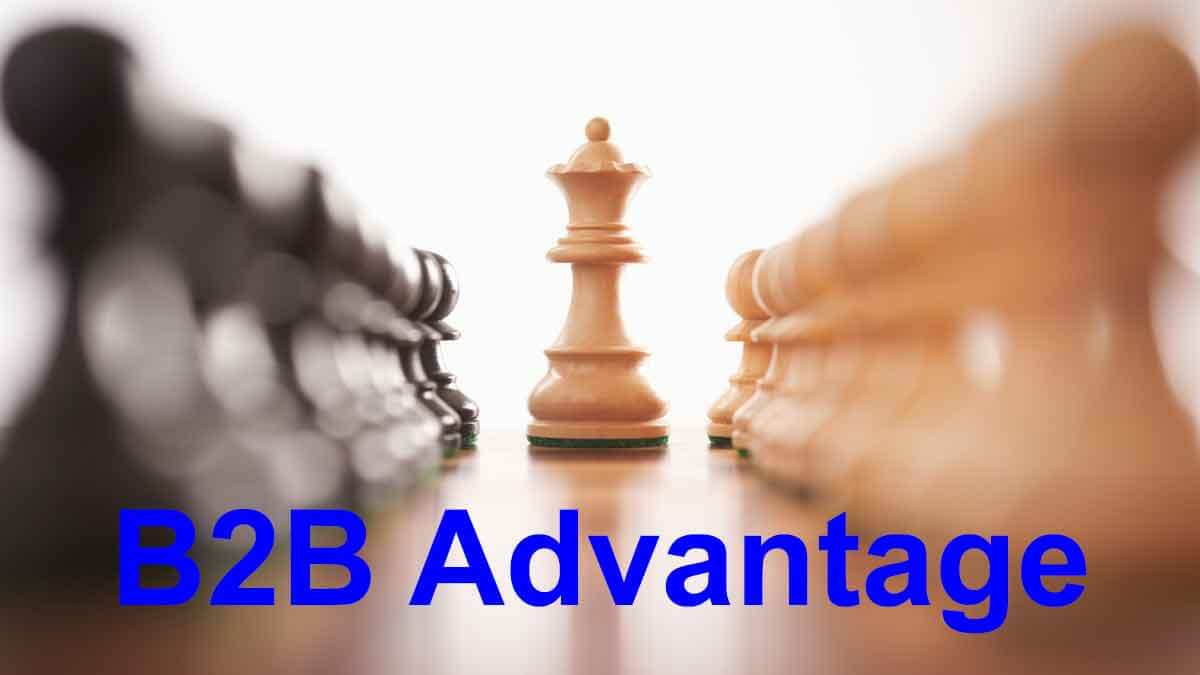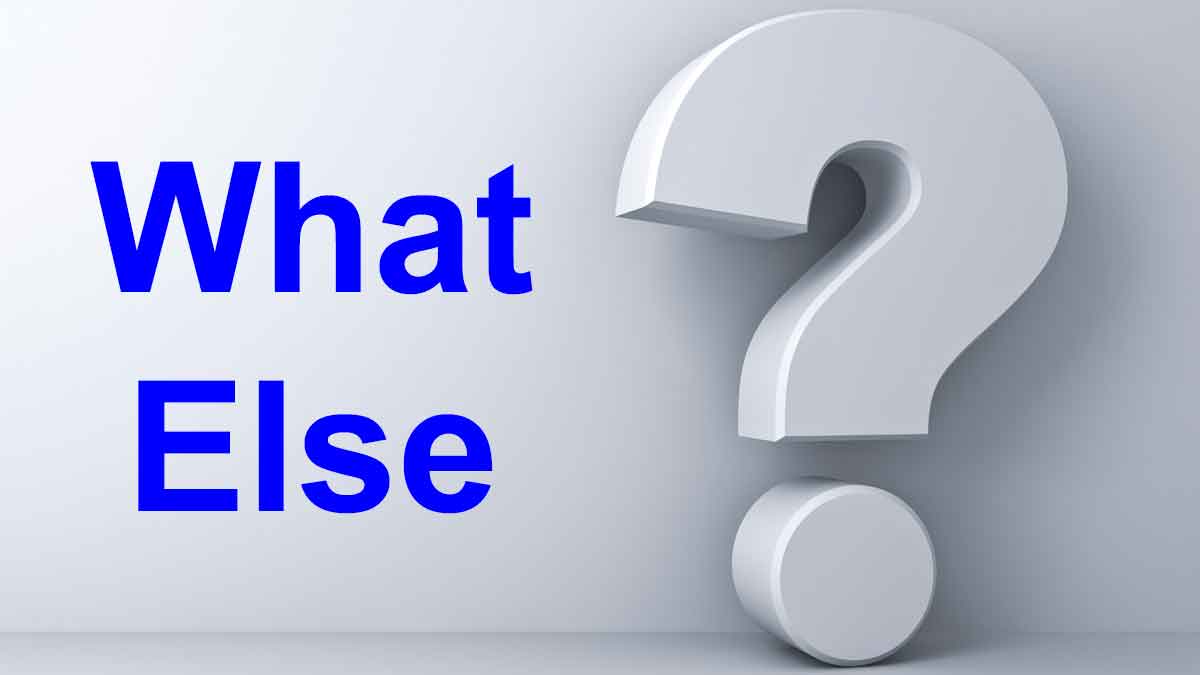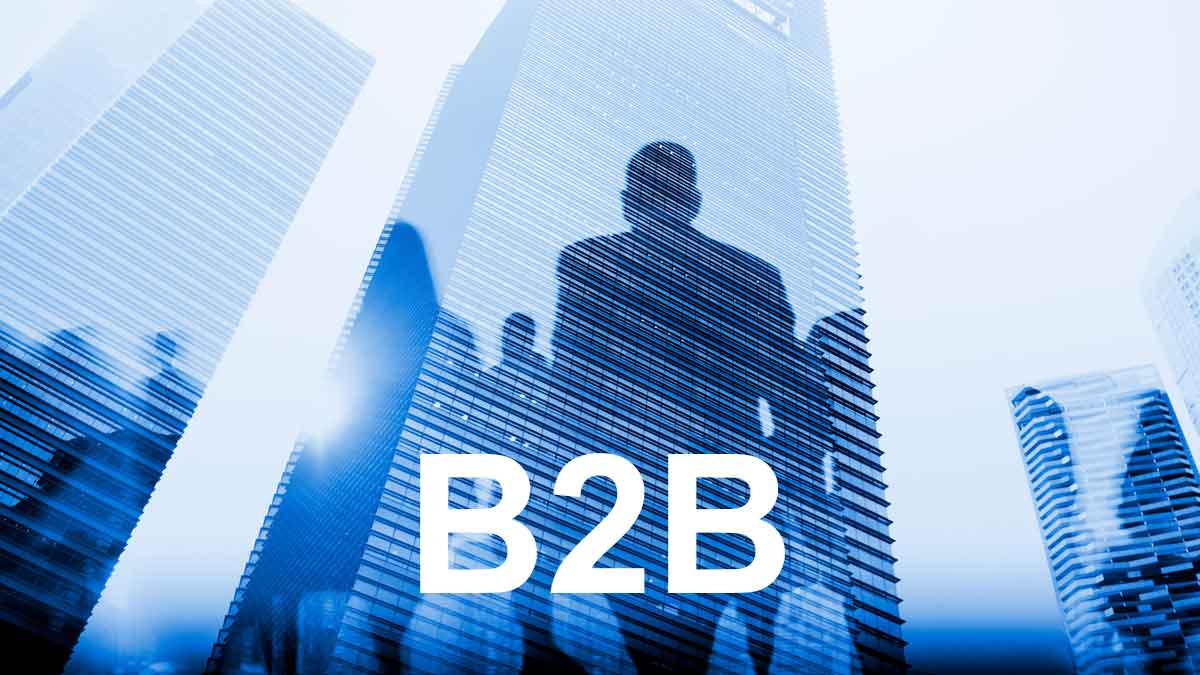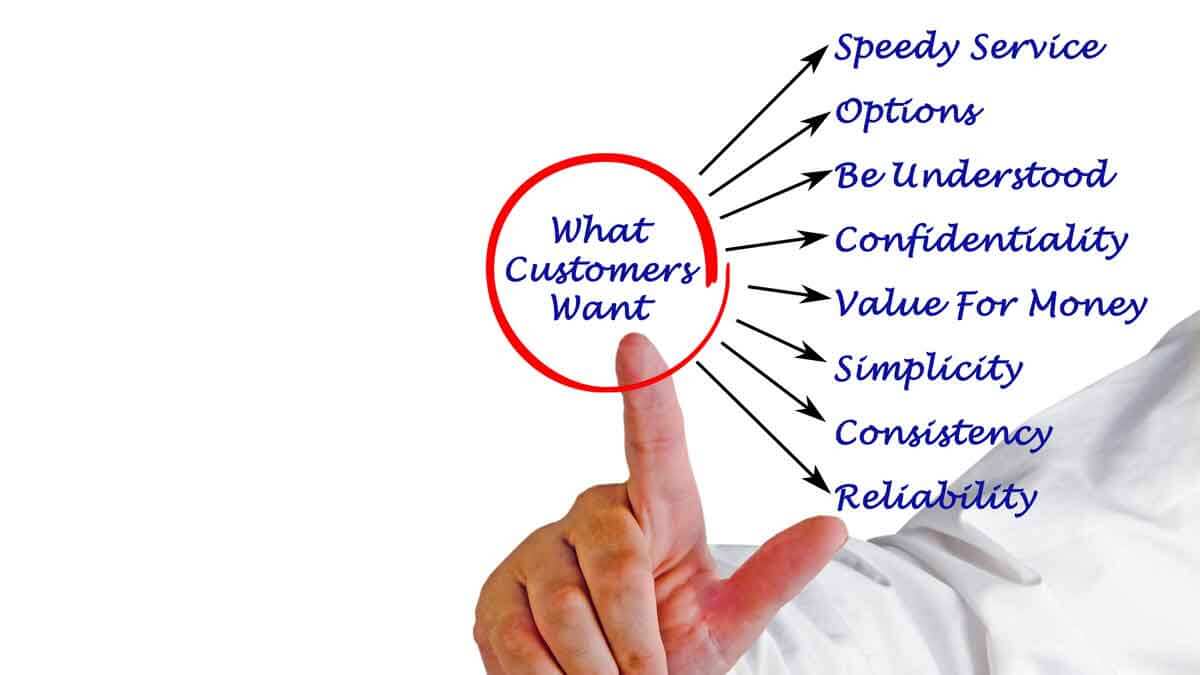I am sometimes asked to do a workshop on developing value propositions. I say, “Not unless you invite your customers to it.” Seriously, suppliers already spend far too much time guessing what customers want. Why try to legitimize this innovation malpractice by creating and word-smithing value proposition statements internally?
More in article, The Science behind Great Value Propositions (Originally published in B2B Organic Growth Newsletter).
Here’s the “B2B Advantage”: Your customers can offer more insight than end-consumers due to their knowledge, interest, objectivity and foresight. But if your company uses hand-me-down consumer goods voice-of-customer methods, you’ve ignored your own advantage. Your competitors may not.
More in white paper, Catch the Innovation Wave (page 7).
Lean Startup is a powerful approach for quickly testing assumptions and minimum viable products. But B2B customers can articulate their needs in amazing detail—if you know how to ask. If you start with your ideas, instead of diverging to all customer outcomes, you may be converging prematurely and limiting your possibilities.
More in white paper, Lean Startup for B2B (page 2).
Most B2B suppliers work too hard during interviews: Would you like this?… How about this?… Would this help? Better to probe a customer problem or desire to full comprehension, and then simply ask “What else?” This allows them to lead you to whatever they think is important. This is a customer-led interview. You should try it.
More in e-book, Reinventing VOC for B2B (page 11).
Great value propositions begin and end with customer outcomes. It’s like collecting specimens, sliding them under your microscope, and continuing to turn up the magnification. The careful researcher doesn’t have to agonize over the right value proposition. It comes into increasing focus, waving its arms and screaming to be addressed.
More in white paper, Timing is Everything (page 9).
Imagine a team spent $50,000 traveling to interview customers about their needs. What would it take to recover this front-end investment? Typically, just one of these… Improve probability of success by 1%, increase market share by ½ share point, accelerate time-to-market by one month, or raise pricing by 0.5%. Buy new headlights and speed up.
More in article, The Harsh Realities of Organic Growth (Originally published in B2B Organic Growth Newsletter).
If you were gathering customer insights about belts, would you rather interview someone using a belt to convey iron ore… or to hold up their pants? B2B customers can usually provide more insight than end-consumers due to greater knowledge, interest, objectivity and foresight. But these advantages are no advantage unless you use a B2B-optimized approach.
More in white paper, Catch the Innovation Wave (page 6).
An alarm sounds in their heads and they move into “negotiating” mode… so good luck getting a straight answer. But they do want you to understand their needs. So collect economic data during interviews and tours for value-calculator price modeling later. This is why it’s easier to set proper pricing for a new product than an existing one.
More in article, Getting Top Price for Your New Product (Originally published in B2B Organic Growth Newsletter).
Unlike many B2C benefits, e.g. amusement, comfort, and self-esteem, B2B customer benefits are usually measurable, economic and—wait for it now—predictable. This predictability means B2B suppliers who study customer outcomes, like a science, will be handsomely rewarded. B2B customers will eagerly help you… if you know how to ask them.
More in article, The Science behind Great Value Propositions (Originally published in B2B Organic Growth Newsletter).
Many companies think they have learned about customer needs when they visit customers to validate their hypothesis or potential solution. They have not. They have learned about market reaction. To a single idea. Their idea. On top of this, it’s likely this customer reaction was distorted by confirmation bias.
More in white paper, Timing is Everything (page 15).
Initially, you are aware of the first three, but completely unaware of the fourth—surprises. When you begin your project, list the first three, and try to convert A’s and Q’s into F’s. Then uncover the surprises through customer interviews, tours and observation. Seek to understand the first three, and discover the last one.
More in white paper, Innovating in Unfamiliar Markets (pages 12-13).
You shift resources “up” by investing manpower earlier in understanding market needs. This lets you be more successful later in developing solutions. You shift resources “out” when employees spend less time talking to each other… and more time directly engaging customers, through interviews and tours. Develop new skills for this, and create a new company culture.
More in white paper, Catch the Innovation Wave (page 6).
Your sales force should play a key role in innovation-focused interviews. But not by themselves. Unaccompanied sales reps seldom attract all the right customer contacts, and they’re not rewarded for the long time horizons required. Besides, market-facing innovation requires central coordination, since a single sales territory won’t contain all the needed prospects.
More in article, Why Your Sales Force Can’t Hear the Customer’s Voice (Originally published in B2B Organic Growth Newsletter).
If the customer felt they helped you with your interview, you probably wasted your airfare. But if they felt it was their interview, asked for a copy of the notes, and said you were a good meeting facilitator… you probably learned things your competitors don’t know. B2B insight skills are needed for this. Do your people have them?
More in e-book, Reinventing VOC for B2B (page 9).
